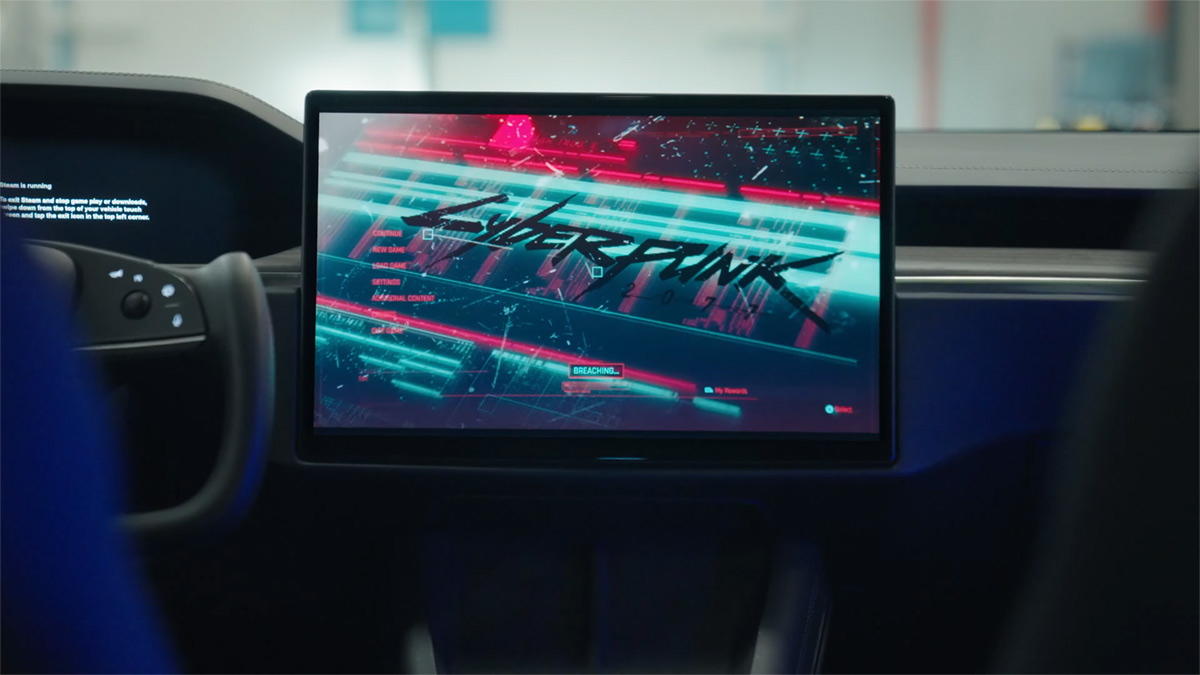Programmable processor technology for next-gen data centers
Good processing technology can make or break a data center, as the CPU — or processor — represents the main and most crucial circuitry chip in a computer. CPUs perform arithmetic, logic and I/O operations; issue commands to other chips in the computing system; and can be found in all types of computers — from PCs to smartphones to tablets. Most modern CPUs are considered multicore, meaning they contain two or more processors for the sake of reducing power consumption and enabling simultaneous processing of multiple tasks. Other processing units, such as graphics processing units (GPUs) and data processing units (DPUs), can greatly enhance speed and performance in the data center.
Processing technology changes constantly. For example, GPUs evolved as a way to offload heavy graphics-intensive workloads from a computer’s CPU, improving performance and speeds across a data center. A DPU, meanwhile, can process streams of data for the sake of offloading networking, storage and analytics workloads from the CPU — again, increasing performance. Each type of processing chip brings different advancements to the computers in a data center, but the cutting edge of processing technology can also be costly. Weigh any potential benefits of upgrading your CPU, GPU or DPU against your business’s budget.
Vendors are competing to offer the latest and greatest in processing technology. Learn about the various vendor offerings — as well as their benefits and pitfalls — and changes in processing market trends to decide what processing technology might best suit your organization’s needs. When you understand the latest advancements in processing technology, you can decide which approach will be most useful to your organization.







